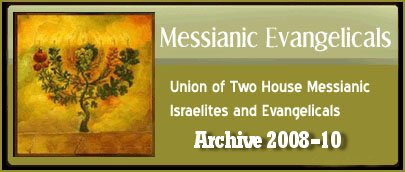RESOURCES
5-144000
A
B
C
D
E
F
G
H
I
J
K
L
M
N
O
P
Q
R
S
T
U
V
W
Y
Z
|
|

|
Sha'ul - Tent, Saddle or Tallit-Maker?
Posted by Lev/Christopher on July 31, 2008 at 5:45am
in Torah Studies
In a private blog on a nother group we were having a discussion on headcoverings and it was suggested that Sha'ul was not a tent-maker but a "little-tent" or Tallit-maker. I have been reading around looking for reliable sources but all the commentators say they heard it from someone else and that there is no concrete scholarly evidence
e.g. http://www.rabdavis.org/tallit_in_the_nt.htm
Does anyone have anything reliable they can offer?
However, the Peshitta says that Sha'ul and Aquila were "fellow craftsmen" and that they were "saddle makers" (Ac.18:2-3, HRV).
Since the Greek MSS say "tent-maker" and the Aramaic Peshitta says "saddle maker", I should like to know why the RSTNE uses "tallit-maker". On what MS authority is this rendition given?
-
Reply by Lev/Christopher on July 31, 2008 at 12:02pm
-
-
|


This page was created on 5 May 2010
Updated on 5 May 2010
Copyright © 1987-2010 NCCG - All Rights Reserved
|
|


